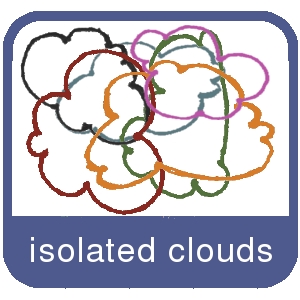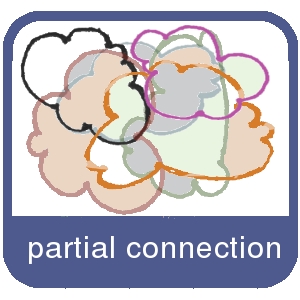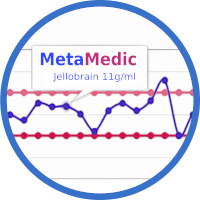
Within the field of technology, there is an undeniable bias towards web applications. There are a number of reasons for this. While still nascent, the internet is the most stable infrastructures in large part due to it's lack of centralization. It is also one of the single most readily available communication tools (probably right next to the telephone). Unlike telephone communication, the internet has the ability to store information in digital form, and host applications that can provide a backbone, not just for informational 'brochure' websites, but for data collection and processing as well.
 This can look like anything from website storefronts or donation portals, to a membership and/or donor databases, to school matriculation systems and classroom learning environments, to networking and project management tools, and more. Most remarkably, these systems have the ability to connect with one another and as well as with other communities and social networks. They also create the opportunity for viral data input where information is added once, usually by the user herself, and becomes global for access by the system as a whole. This redirects project resources and staff from a focus on wrote project administration towards creative programmatic direction and implementation.
This can look like anything from website storefronts or donation portals, to a membership and/or donor databases, to school matriculation systems and classroom learning environments, to networking and project management tools, and more. Most remarkably, these systems have the ability to connect with one another and as well as with other communities and social networks. They also create the opportunity for viral data input where information is added once, usually by the user herself, and becomes global for access by the system as a whole. This redirects project resources and staff from a focus on wrote project administration towards creative programmatic direction and implementation.
 Cloud computing describes the very situation mentioned above, and a general trend in the field of information technology towards democratizing technology. No longer do individuals and organizations need to have knowledge of or expertise in their technology infrastructure in order to engage it. An untrained user has the ability now to make purchases, apply for schools, grants and jobs, register for events, collaborate on projects, and generally communicate with one another using a variety of tools and services hosted online. Core users will also have the ability to add web pages, images, multimedia files and documents in an environment that is intuitive and clear.
Cloud computing describes the very situation mentioned above, and a general trend in the field of information technology towards democratizing technology. No longer do individuals and organizations need to have knowledge of or expertise in their technology infrastructure in order to engage it. An untrained user has the ability now to make purchases, apply for schools, grants and jobs, register for events, collaborate on projects, and generally communicate with one another using a variety of tools and services hosted online. Core users will also have the ability to add web pages, images, multimedia files and documents in an environment that is intuitive and clear.
The real danger and opportunity here pivots around the difference between having easy access to these tools, and engaging and informing the direction in which technology develops.
Using free and open source software, and contributing to its development, provides a framework in which both happen by design. In addition to providing an environment in which in which access to the codebase is unrestricted to developers, it provides a context in which technology can become responsive to real human needs and widely accessible to a broader demographic of users beyond the specific project. In addition, it supports a business model in which customizations and new development become universally available to a larger community once published.

